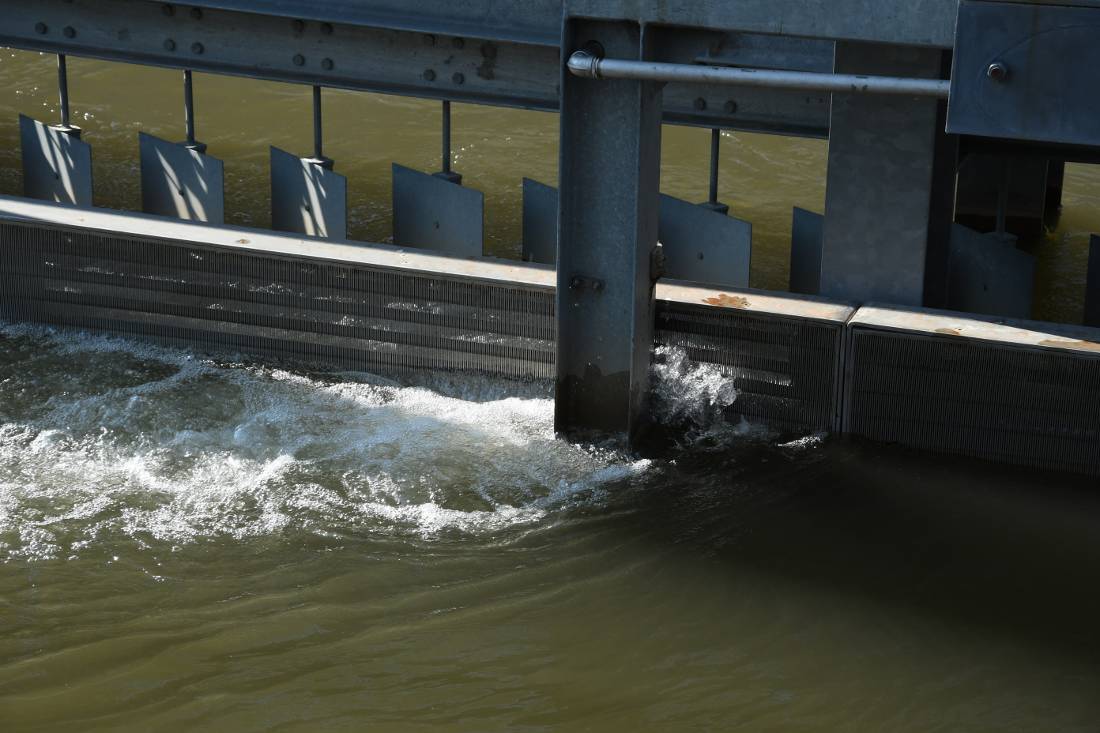Conservation Planning
Home >> Municipal & Industrial >> Conservation Planning
Water Conservation & Reuse
Conservation planning and water reuse will play an important role in balancing the need for additional water supply with strategies to lessen that need. By implementing a comprehensive, statewide approach for water conservation and water-reuse activities, Colorado Water Conservation Board (CWCB) and other state agencies will strengthen programs from the local to the state level. Much like Transmountain Diversions (TMDs), agricultural water transfers, and storage, conservation and reuse are not “silver-bullets;” however, they are critical components of strategies to address future needs. The creation of scalable technical resources, support of local initiatives through financial incentives, and best-practices sharing will bolster conservation and reuse.
Water management strategies such as water conservation, reuse, land use, agricultural water conservation, self-supplied industrial (SSI) conservation, and state agency conservation will help Colorado close the water supply gap while minimizing trade-offs that other solutions might create. Increased conservation, reuse, and better integration of land use and water planning will help maintain a healthy environment, promote livable and sustainable cities, and preserve agricultural production into the future.

Colorado Basin
The Colorado Basin is focused on efforts that include developing water court process recommendations in order to encourage improvements in efficiency, conservation, and reuse.
Measurable outcomes support this goal. The outcomes include revising Colorado water law to allow more flexibility in promoting stream health through conservation, and achieving and sustaining a high level of conservation among all basin water providers. The Colorado Basin identified projects and methods it will need to implement these goals, such as conducting a comparison of Colorado water law and procedures with those of other Western states in order to identify alternative practices and facilitate water transfers and various local water conservation efforts—both today and in the future.

